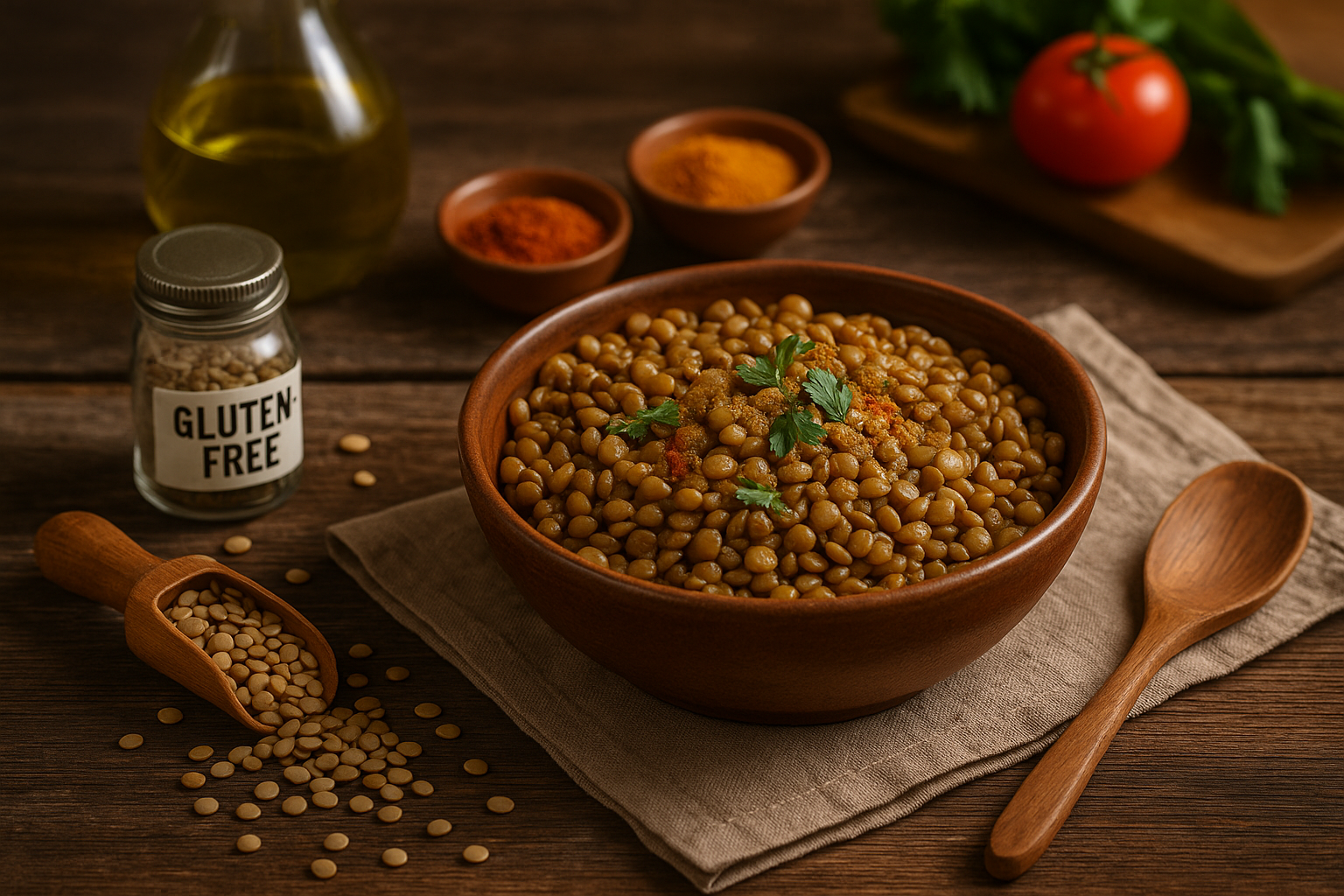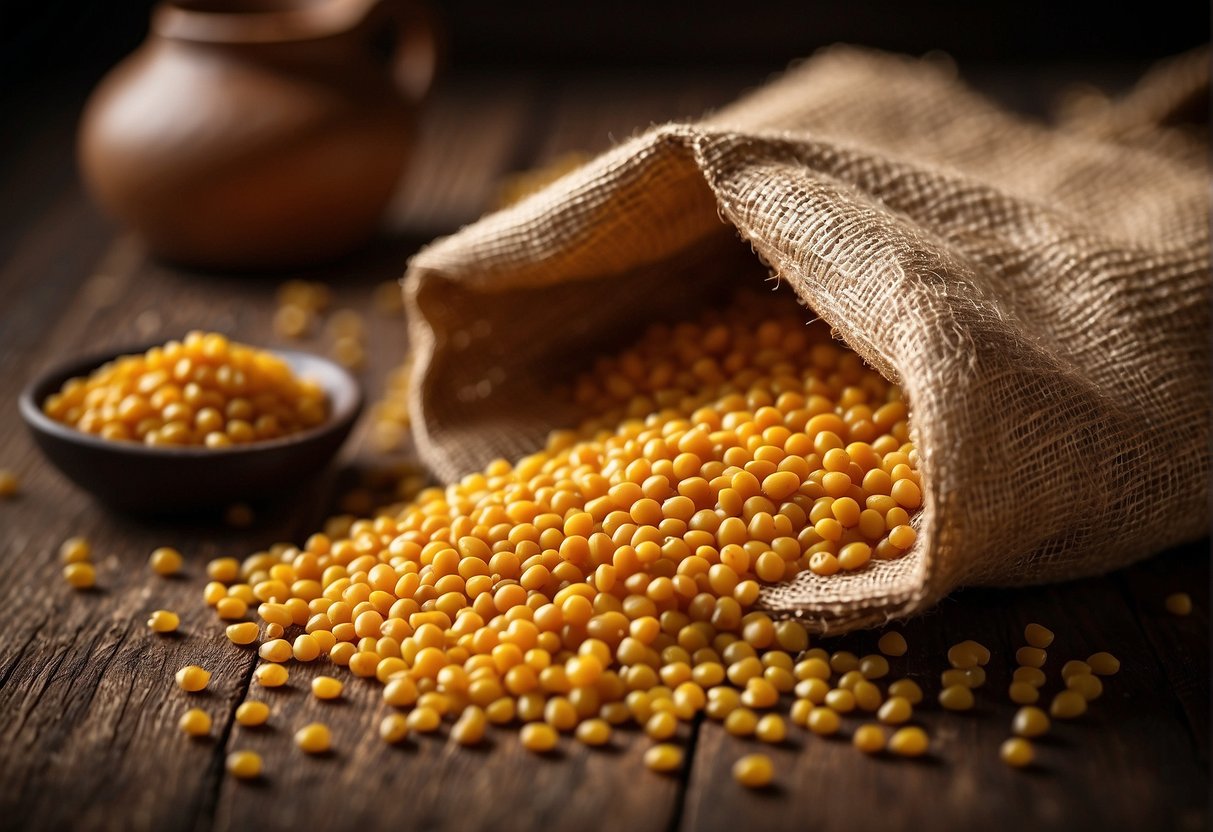When my youngest son, James, was diagnosed with celiac disease, our kitchen transformed overnight. I began scrutinizing every label, questioning every ingredient, and diving deep into what foods were truly safe. Among the most common questions I get from readers and other parents in my community is: Are Lentils Gluten-Free? It’s a simple question that carries enormous weight for anyone navigating celiac disease.
Over the years, I’ve learned that while lentils are naturally gluten-free, there’s much more to know about buying, preparing, and enjoying them safely. This guide is my complete resource — blending science, experience, and flavor to help you confidently include lentils in your gluten-free, plant-based lifestyle.
What Are Lentils?
Lentils are small, lens-shaped legumes that have nourished civilizations for thousands of years. They’re among the earliest cultivated crops, and for good reason — they’re nutrient-dense, affordable, versatile, and deeply satisfying. You’ll find them in shades of green, brown, red, and black, each variety lending its own texture and flavor to global cuisines.
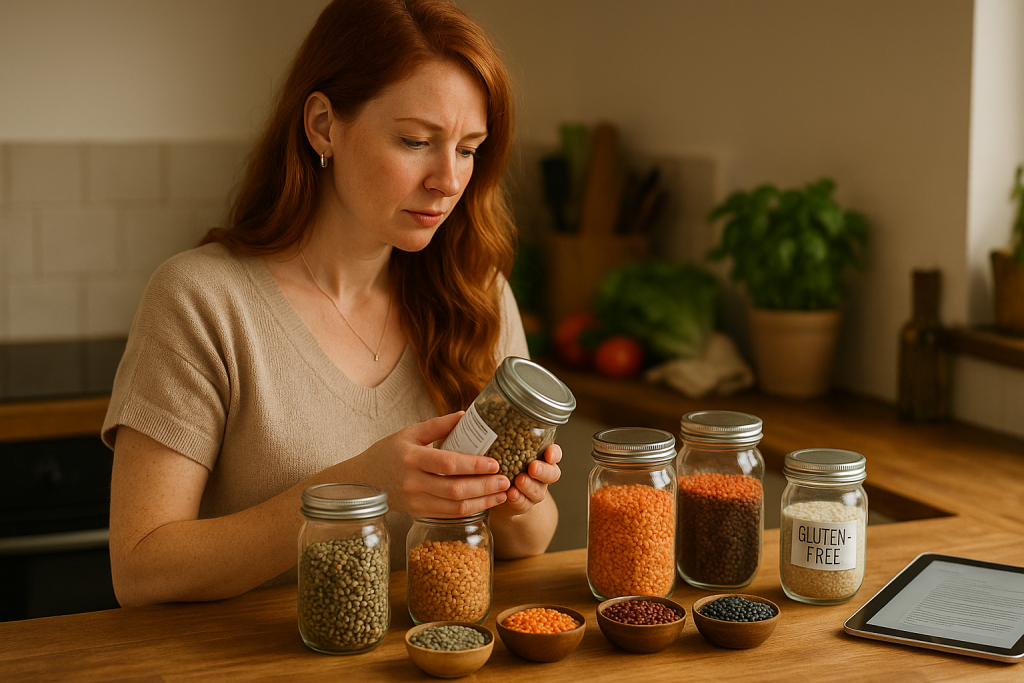
In Indian dals, Mediterranean salads, and Middle Eastern stews, lentils play a starring role. They’re beloved for their earthy taste and hearty texture, but beyond their culinary charm, they’re a nutritional powerhouse. A single cup of cooked lentils contains roughly:
- Protein: 18 grams
- Fiber: 15 grams
- Folate: 90% of the daily value
- Iron: 37% of the daily value
- Magnesium, potassium, and zinc in abundance
They’re low in fat, free of cholesterol, and naturally gluten-free — which brings us to the question at the heart of this article.
Are Lentils Gluten-Free? Understanding the Basics
Yes, lentils are naturally gluten-free. They are legumes, not grains, meaning they don’t contain the gluten proteins found in wheat, barley, or rye. For people with celiac disease or non-celiac gluten sensitivity, lentils are a wonderful source of nourishment and variety.
However — and this is crucial — not all lentils on store shelves are safe by default. While lentils themselves don’t contain gluten, cross-contamination can occur during harvesting, transportation, or packaging. If lentils are processed in facilities that also handle gluten-containing grains, even trace amounts can trigger symptoms in those with celiac disease.
I learned this lesson the hard way after buying bulk lentils from a market bin and later discovering they’d been stored alongside barley. That small oversight caused weeks of discomfort. Since then, I’ve made it a rule to always look for certified gluten-free labeling or contact the brand directly for details about their manufacturing process.
How to Ensure Your Lentils Are Truly Gluten-Free
To keep your meals celiac-safe, follow these precautions:
- Buy certified gluten-free lentils from reputable brands.
- Avoid bulk bins, which are often shared with gluten-containing grains.
- Rinse thoroughly under running water to remove debris or dust.
- Sort manually before cooking to check for stray grains or seeds.
- Use dedicated gluten-free cookware if your kitchen is shared.
Effortless Gluten-Free Lentils with the Instant Pot
Taking these simple steps turns lentils into a truly safe and nourishing food for your gluten-free journey.
💡 Want perfectly cooked gluten-free lentils without soaking?
My go-to kitchen essential is the Instant Pot Duo Plus 9-in-1 Electric Pressure Cooker — it makes cooking lentils, beans, and soups effortless. With one button, you get tender, flavorful lentils every time while locking in nutrients. It’s truly a game-changer for busy families navigating gluten-free living.

Instant Pot Duo Plus 9-in-1 Multicooker, Pressure Cooker, Slow Cook, Rice Maker, Steamer, Sauté, Yogurt, Warmer & Sterilizer, Includes App With Over 800 Recipes, Stainless Steel, 6 Quarts
- 9 Cooking Functions: Pressure cook, slow cook, sauté, sous vide, steam, steralize, keep warm, make rice and yogurt—all in one appliance.
- Customizable Smart Programs: Tackle every recipe with 15 one-touch options, from hearty soups to decadent cakes.
- Intuitive and Convenient Design: An easy-to-read display with dedicated cooking time, temperature, and pressure indicators keeps you updated in real time. And when it’s time to tuck it away, the detachable power cord makes storage easy.
- Safe and Easy Steam Release: The Easy-Release steam switch ensures fast, safe, and simple steam release every time.
Cooking with Confidence – Are Lentils Gluten-Free in Every Recipe?
Once you’ve sourced gluten-free lentils, the fun begins. Lentils cook quickly and soak up flavor beautifully, making them perfect for soups, curries, salads, and even desserts. Whether green, red, or brown, they lend themselves to an array of wholesome dishes that align perfectly with a celiac-friendly diet.
Below is one of my favorite main dishes that has become a staple in my home: a rich, golden curry that’s as comforting as it is nourishing.
Golden Coconut Lentil Curry
A creamy, plant-based comfort dish packed with protein and anti-inflammatory spices.
Ingredients
- 1 cup red lentils, rinsed
- 1 tbsp coconut oil (or olive oil)
- 1 medium onion, finely diced
- 3 cloves garlic, minced
- 1 tbsp fresh ginger, grated
- 1 ½ tsp ground turmeric
- 1 tsp ground cumin
- ½ tsp curry powder
- 1 can (13.5 oz) coconut milk
- 2 cups certified gluten-free vegetable broth
- 1 cup diced tomatoes
- 1 cup baby spinach, loosely packed
- Juice of ½ lemon
- Salt and pepper to taste
- Fresh cilantro for garnish
Instructions
- In a large saucepan, warm coconut oil over medium heat. Sauté onion until soft and golden.
- Add garlic and ginger; cook for another minute until fragrant.
- Stir in turmeric, cumin, and curry powder. Toast the spices for 30 seconds to release their aroma.
- Add lentils, coconut milk, broth, and diced tomatoes. Stir well and bring to a gentle simmer.
- Cover and cook for 20–25 minutes, stirring occasionally, until lentils are soft and the curry thickens.
- Stir in spinach and lemon juice, season with salt and pepper, and simmer for another 2 minutes.
- Garnish with cilantro and serve warm with brown rice or gluten-free naan.
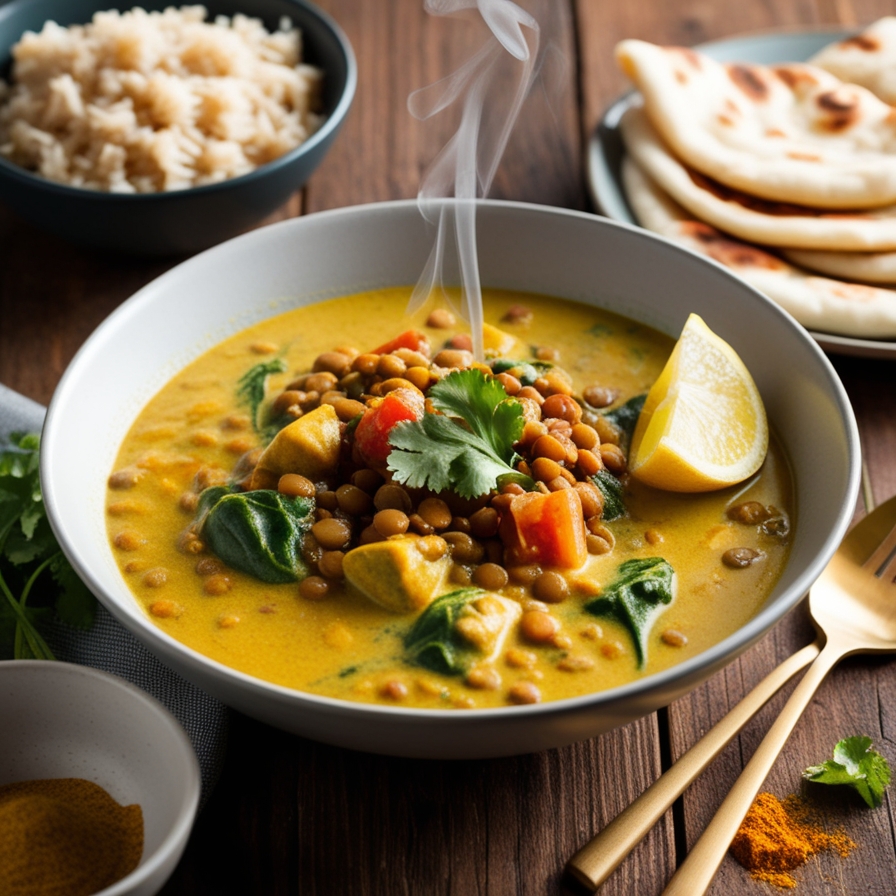
Elevate Your Gluten-Free Cooking with All-Clad
🥘 If you love making nourishing curries and lentil dishes, investing in high-quality cookware is worth every penny.
The All-Clad D3 Stainless Steel 10-Piece Set distributes heat evenly, lasts for decades, and is oven-safe — making it ideal for cooking gluten-free recipes safely and consistently. Every simmer and sauté feels smoother when you’re using the right tools.

All-Clad D3 3-Ply Stainless Steel Cookware Set 10-Piece Pots and Pans Set, Induction, Oven Broiler Safe 600F Includes Frying Pans, Saucepan, Sauté Pan, Stockpot, Professional Cookware Stainless Steel
- This essential All-Clad stainless steel 10 piece pots and pan set includes an 8-inch & 10-inch fry pans, 2- and 3-quart covered saucepans, 3-quart covered sauté pan, & 8-quart stockpot. Featuring D3 tri-ply construction for superior heat retention.
- Fast and Even Heat – AllClad D3 tri-ply is fully bonded to the rim for professional performance & durability. The high quality 18/10 stainless steel surface sears to perfection and is ideal for deglazing pan sauces.
- Design You Will Love – the All Clad D3 set has a professionally polished stainless steel finish with flared edges for drip- free pouring. Our classic, double riveted stainless steel handles ensure a secure grip.
- Built to Last – Trusted by generations of chefs and backed by All-Clad’s Limited Lifetime Warranty. This All Clad cookware set is oven & broiler safe up to 600°F and compatible with any stovetop including induction. Handwashing is recommended.
Nutritional Breakdown (per serving – serves 4)
- Calories: ~280
- Protein: 14 g
- Fiber: 11 g
- Fat: 9 g
- Carbohydrates: 35 g
- Iron: 25% DV
- Folate: 45% DV
This curry is creamy, fragrant, and deeply satisfying — proof that gluten-free eating can be both healing and indulgent. Every spoonful reminds me why lentils are such a cornerstone of plant-based nutrition.
Lentils and Digestive Health
One of the greatest benefits of lentils is their fiber content, which supports gut health and regular digestion. For individuals with celiac disease, who often experience digestive imbalances, lentils can help restore microbiome balance. Their soluble fiber acts as a prebiotic, feeding beneficial gut bacteria that aid in healing the intestinal lining.
The gradual, gentle fiber in lentils also stabilizes blood sugar levels, promotes satiety, and contributes to healthy cholesterol balance — benefits that extend well beyond gluten-free living.
Lentils and Sustainability
Beyond health, lentils are one of the most eco-friendly protein sources on Earth. They require 80% less water than animal-based proteins and naturally enrich the soil through nitrogen fixation. Choosing lentils not only supports your well-being but also nurtures the planet — a win for both body and Earth.
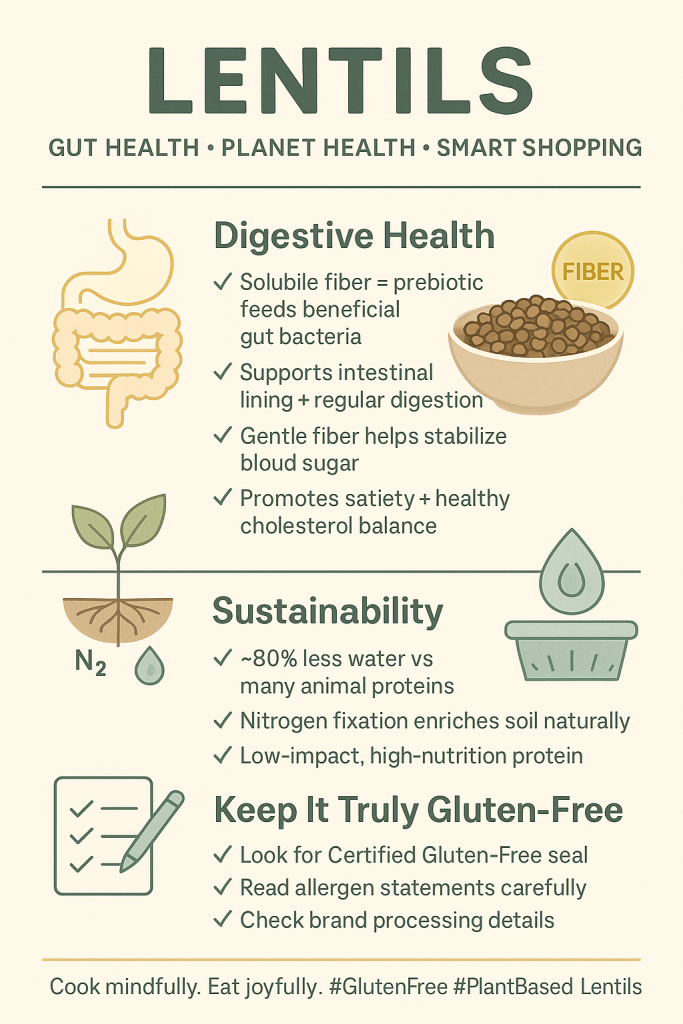
Smart Shopping and Label Reading – Are Lentils Gluten-Free from Every Brand?
Here’s where mindfulness matters. While lentils themselves are gluten-free, not every brand handles them the same way. Some brands package lentils in facilities that also process wheat, rye, or barley.
Always check for:
- The certified gluten-free seal
- Clear allergen statements
- Transparent processing details on the manufacturer’s website
Brands like Bob’s Red Mill (certified GF line) and Edison Grainery offer fully gluten-free lentil products. For those who enjoy canned lentils, look for products that clearly state “gluten-free” on the label — and when in doubt, email the company for confirmation.
Lentil and Mushroom Meatballs
A hearty, savory, and protein-packed gluten-free dish that brings comfort and flavor to every bite.
⚙️ Want perfectly textured lentil meatballs without the mess?
The Hamilton Beach Digital Food Processor (70585) makes gluten-free meal prep faster and easier. With a powerful motor, stainless steel blades, and a spacious 12-cup bowl, it chops, slices, and blends ingredients evenly — from mushrooms to lentils — in seconds. It’s a must-have for every plant-based kitchen that values both convenience and quality.

Hamilton Beach Stack & Snap Food Processor and Vegetable Chopper, Stainless Steel Blades, 14 Cup + 4-Cup Mini Bowls, 3-Speed 500 Watt Motor, Black
- DUAL-BOWL VERSATILITY: The 14 and 4 cup bowls are perfect for processing different amounts, and they nest together for compact storage. The sealed 14 cup bowl has a pour spout to eliminate leaks and spills when pouring ingredients.
- EASY STACK & SNAP ASSEMBLY: The days of struggling to assemble your food processor are over. Each piece of this easy-to-use small chopper/food processor instantly snap into place and there’s no difficult twisting or locking.
- SAVE PREP TIME — FITS WHOLE FOODS: You’ll save time and reduce the need for pre-cutting every time you process food with this electric vegetable chopper because you can fit whole tomatoes, potatoes and onions in the Big Mouth feed chute.
- SLICE, SHRED, CHOP, PUREE AND KNEAD WITH 4 VERSATILE ATTACHMENTS: This electric food processor includes a reversible slicing/shredding disc, two stainless steel S-blades for 14-cup and 4-cup bowls, and a dough blade for easy kneading.
Ingredients
For the Meatballs:
- 1 ½ cups cooked green or brown lentils, drained
- 1 tbsp olive oil
- 1 cup finely chopped mushrooms (cremini or button)
- ½ cup finely chopped onion
- 2 cloves garlic, minced
- ½ cup gluten-free oats or breadcrumbs
- 2 tbsp ground flaxseed mixed with 5 tbsp water (flax “egg”)
- 1 tbsp tamari (gluten-free soy sauce)
- 1 tsp Italian seasoning
- ½ tsp smoked paprika
- Salt and pepper to taste
For the Sauce:
- 2 cups crushed tomatoes
- 1 tbsp olive oil
- 1 clove garlic, minced
- ½ tsp dried basil
- Salt and pepper to taste
Instructions
- In a skillet, heat olive oil and
- sauté onion, mushrooms, and garlic until softened and most liquid evaporates.
- Transfer to a food processor with lentils, oats, flax mixture, tamari, and spices. Pulse until combined but still slightly textured.
- Form into 1-inch balls and place on a parchment-lined baking sheet.
- Bake at 375°F (190°C) for 20–25 minutes, flipping halfway, until golden and firm.
- For the sauce, heat olive oil in a pan, add garlic, and sauté for 1 minute. Stir in crushed tomatoes, basil, salt, and pepper. Simmer for 10 minutes.
- Combine meatballs with sauce and serve over gluten-free pasta, zucchini noodles, or quinoa.
Nutritional Breakdown (per serving – serves 4)
- Calories: ~290
- Protein: 16 g
- Fiber: 12 g
- Fat: 8 g
- Carbohydrates: 34 g
- Iron: 20% DV
- Folate: 35% DV
These lentil and mushroom meatballs prove that gluten-free comfort food can be both nourishing and satisfying. They’re rich in umami flavor, packed with plant-based protein, and perfect for weeknight dinners or meal prep.
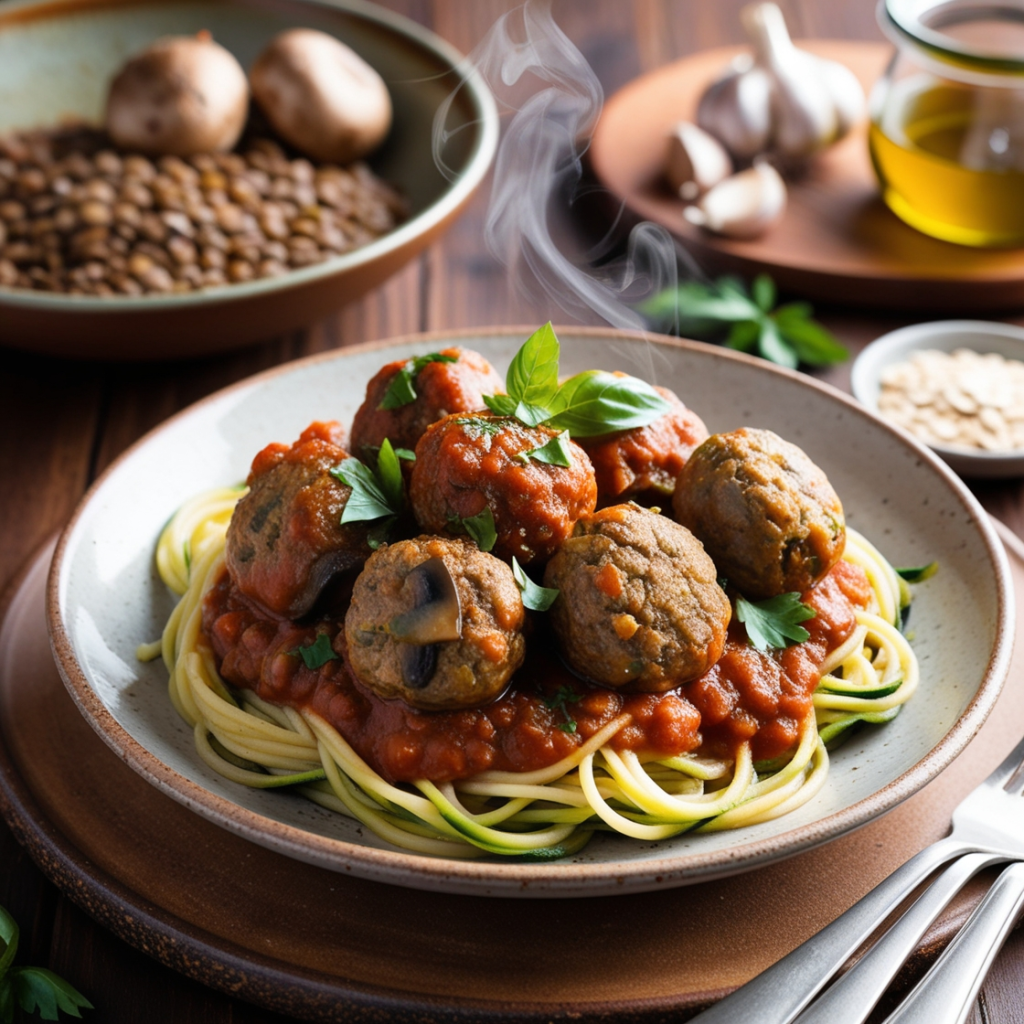
Practical Tips for a Gluten-Free Kitchen
Keeping a celiac-safe kitchen requires vigilance and organization. Here’s what I’ve learned over years of trial, error, and success:
- Label shelves and storage containers for gluten-free vs. non-gluten-free foods.
- Use separate wooden utensils, cutting boards, and colanders for gluten-free cooking.
- Clean surfaces before meal prep, especially after handling flour or breadcrumbs.
- Educate family members — especially kids — on what “gluten-free” really means.
- Batch-cook lentils and store them in glass jars or freezer-safe containers for easy meals.
When handled thoughtfully, lentils become a cornerstone of not only safety but also variety and nutrition in your gluten-free home.
Mindful Meal Planning for Gluten-Free Living
Planning your meals ahead can make gluten-free living both easier and more enjoyable. Start each week by listing versatile staples like lentils, quinoa, and brown rice, then pair them with seasonal vegetables and fresh herbs. Batch-cook a pot of lentils to use in soups, curries, or salads throughout the week — this not only saves time but ensures you always have a safe, nourishing base ready to go.
Keep a small “gluten-free zone” in your pantry stocked with essentials, and build meals around whole, naturally gluten-free ingredients. Over time, meal planning becomes less about restriction and more about creating flavorful, balanced dishes that fuel your energy and confidence.
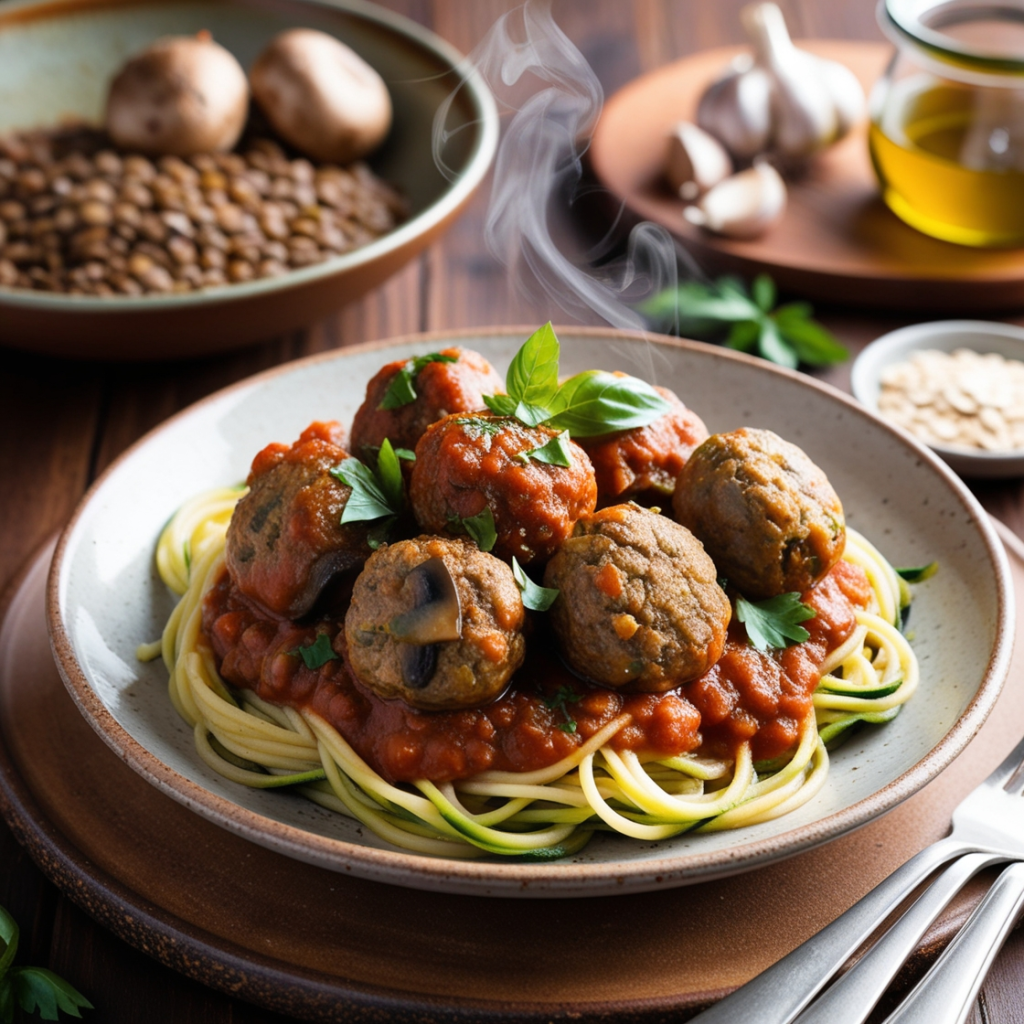
Embracing Lentils in Your Gluten-Free Lifestyle
So, are lentils gluten-free? Yes — absolutely. But their true beauty lies in their balance of simplicity and nourishment. They’re a gluten-free food that offers comfort, versatility, and wellness in every spoonful.
From my family’s kitchen to yours, lentils have been a symbol of resilience — nourishing my son’s health and teaching me that healing doesn’t mean giving up flavor or joy. When sourced carefully and prepared with intention, lentils can transform your gluten-free meals into something extraordinary.
At My Nutrition Foods, I’m passionate about helping families discover these hidden gems in plant-based living. Whether you’re savoring a warm bowl of coconut curry on a quiet evening or packing a vibrant Mediterranean salad for lunch, know that you’re fueling your body safely, kindly, and deliciously.
Here’s to cooking with confidence, living with awareness, and celebrating the foods that truly make us thrive — one gluten-free lentil at a time.
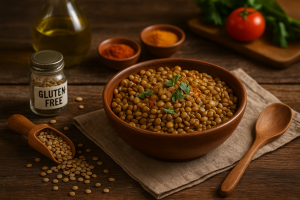
*We may earn a commission for purchases made using our links. Please see our disclosure to learn more.

